Weird
Nothing says “I love you” like dumping an obscene amount of money on a Groupon so you don’t actually have to spend any real time with your mother.

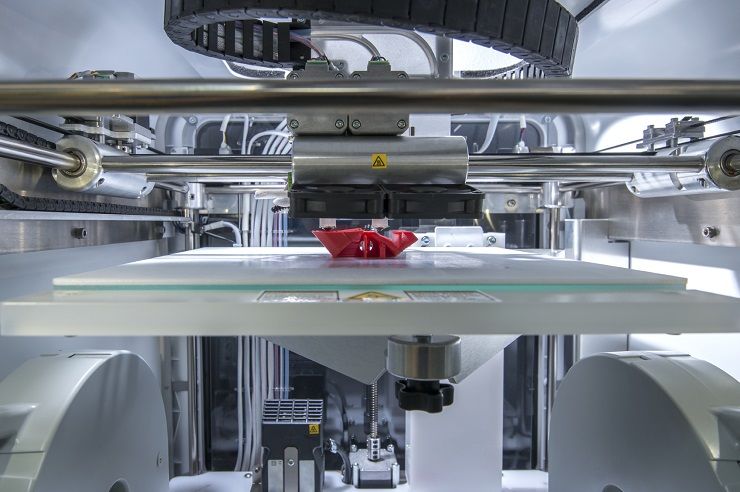
Don’t tell Forbes; but I believe it is too late given that 3D Printing has already been available to be purchased for some time now. In 2012, for $15K or even $32K you could get a 3D Printer why several jewelry houses had them to mass produce custom jewelry, etc. based on your online order request.
I am just amazing that we haven’t seen mass production of drugs, and other weapons and black market items developed by Cartels, and other criminals.
It’s only a matter of time until 3D printing begins to revolutionize how things are made — the technology, for example, is already being used to produce airplane parts and medical devices. The 3D printing market is projected to jump from $1.6 billion in 2015 to $13.4 billion 2018, per research firm Gartner.
“The next industrial revolution will be 3D printing,” said Cynthia Slubowski, vice president and head of manufacturing and wholesale trade distribution at Zurich North America. “But what’s really interesting is not so much the 3D printer, but the materials they’re using to print these different products, like bio-medicines. That’s where we’re seeing huge advances. But with those types of materials comes risk.”
[youtube_sc url=“https://www.youtube.com/watch?v=hYWHJudLjq0” title=“Emerging%20tech%20should%20not%20be%20feared%20if%20you%20favor%20liberation%20and%20progress” border=“1” autoplay=“0”]
How could global economic inequality survive the onslaught of synthetic organisms, micromanufacturing devices, additive manufacturing machines, nano-factories?
(http://www.beliefnet.com/columnists/lordre/2016/04/obsessed-with-equality-my-techno-utopia.html#S5Ogqvv8PL36KMDo.99)
Narrated by Harry J. Bentham, author of Catalyst: A Techno-Liberation Thesis (2013), using the introduction from that book as a taster of the audio version of the book in production. (http://www.clubof.info/2016/04/liberation-technologies-to-come.html)
Paperback: http://www.amazon.com/Catalyst-Techno-Liberation-Harry-J-Bentham/dp/1500436720/
Kindle: http://www.amazon.com/Catalyst-Techno-Liberation-Harry-J-Bentham-ebook/dp/B00E7H4TIQ/
Audio: coming soon!
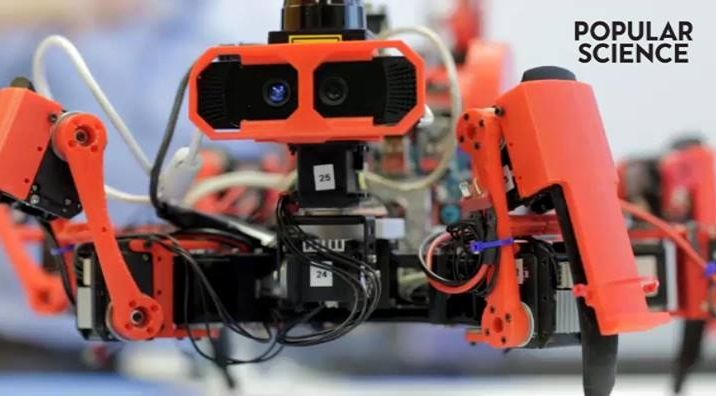
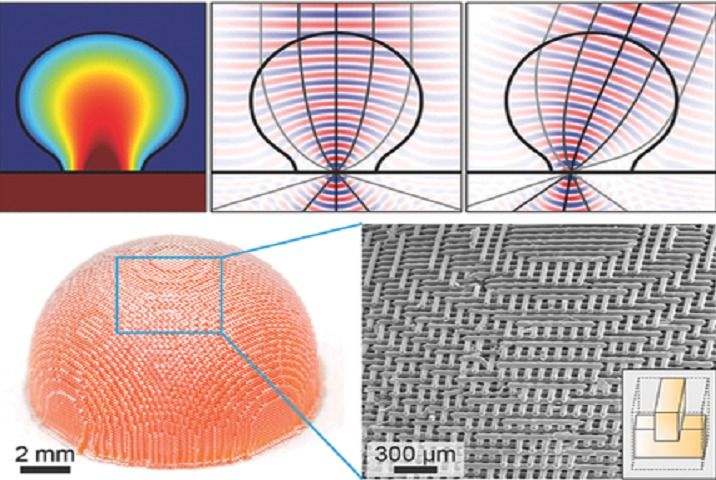
The Illinois-based Northwestern University has utilized 3D printing technology to research a variety of vital applications, from 3D printing fuel cells to 4D printing materials on the nanoscale. Now, researchers from the prestigious institution are looking at 3D printing technology through a unique lens—a terahertz lens, to be exact. Generally unknown within the electromagnetic spectrum, hidden in between the more commonly known wavelengths of microwaves and infrared, lies the information-packed terahertz spectrum. The terahertz is not only a forgotten frequency, it’s also rarely studied, let alone well understood, yet it has high value in applications regarding imaging and communications.
One research group, led by Northwestern University’s Cheng Sun, has used metamaterials and a unique style of SLA technology called projection micro-stereolithography to manufacture a novel lens capable of working with terahertz frequencies. The 3D printed terahertz gradient-refractive index lens has better imaging capabilities than other commonly used lenses, and also enables researchers to make more advances with the relatively unknown world of the terahertz.
Nice; however, I see also 3D printing along with machine learning being part of any cosmetic procedures and surgeries.
With an ever-increasing volume of electronic data being collected by the healthcare system, researchers are exploring the use of machine learning—a subfield of artificial intelligence—to improve medical care and patient outcomes. An overview of machine learning and some of the ways it could contribute to advancements in plastic surgery are presented in a special topic article in the May issue of Plastic and Reconstructive Surgery®, the official medical journal of the American Society of Plastic Surgeons (ASPS).
“Machine learning has the potential to become a powerful tool in plastic surgery, allowing surgeons to harness complex clinical data to help guide key clinical decision-making,” write Dr. Jonathan Kanevsky of McGill University, Montreal, and colleagues. They highlight some key areas in which machine learning and “Big Data” could contribute to progress in plastic and reconstructive surgery.
Machine Learning Shows Promise in Plastic Surgery Research and Practice
Machine learning analyzes historical data to develop algorithms capable of knowledge acquisition. Dr. Kanevsky and coauthors write, “Machine learning has already been applied, with great success, to process large amounts of complex data in medicine and surgery.” Projects with healthcare applications include the IBM Watson Health cognitive computing system and the American College of Surgeons’ National Surgical Quality Improvement Program.
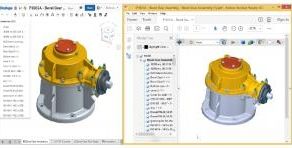
Here is a concept: imagine you’re consumer & you can’t justify the expense of a 3D printer; however, once in a blue moon you need to make an object for business or for personal reasons. Would it be nice is there was an online 3D Print Service that you could send your design into and have the product or prototype built, and the item drone to your office or front door. And, all you pay is a monthly service fee for the entire service including drone shipping for a given area range. With this type of technology, I believe it can be done and interactively online as well.
What is OnShape?

Don’t kill the messanger; I’m just sharing.
Yesterday Trump acknowledged the power of technology to help the USA in his future plans.
In a major foreign policy speech, yesterday, Republican presidential candidate Donald Trump said the U.S. needs to make better use of “3D printing, artificial intelligence, and cyberwarfare.”
“We need to think smarter about areas where our technological superiority – and nobody comes close – gives us an edge,” he explained. “This includes 3D printing, artificial intelligence, and cyber-warfare.”
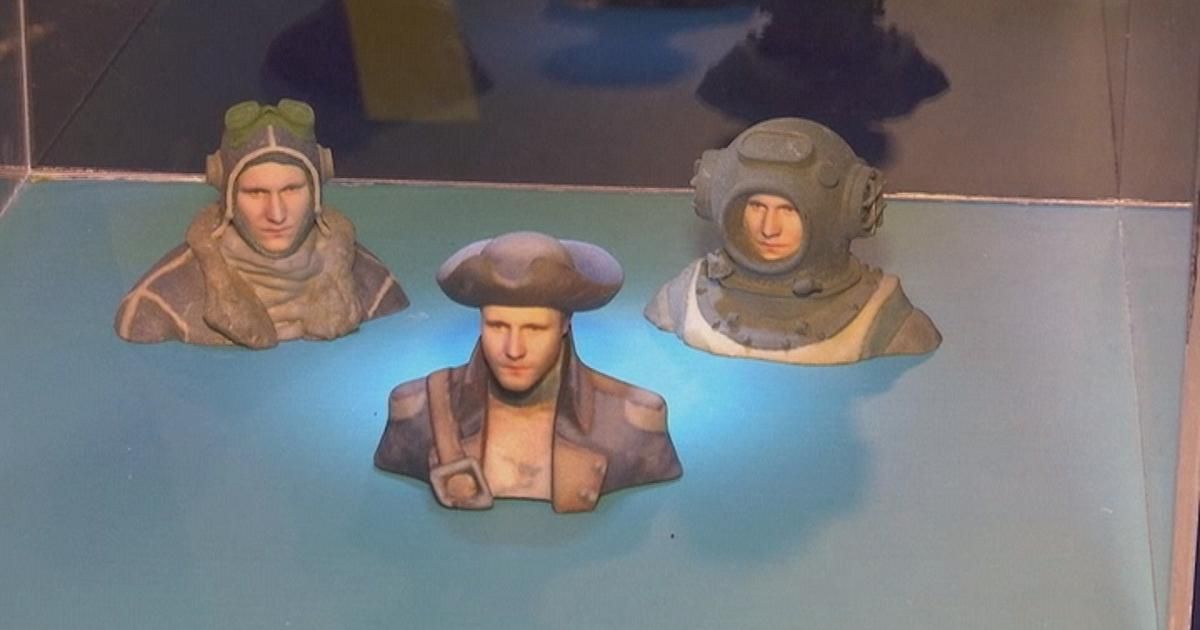
You need multiple clones of yourself as a humanoid robots created from your own 3D printer; we may be well on our way with this announcement.
An unusual egg-shaped booth in Tallinn’s Seaplane Harbour is where a small team of Estonian engineers is testing its new invention.
It’s a 3D scanner booth that allows visitors to capture a highly detailed three-dimensional scan of their face. They can then order either a digital or a 3D-printed figurine of themselves.
The idea, ultimately, is for visitors in cities around the world to be able to take home customised effigies based on characters linked to the place they are visiting.
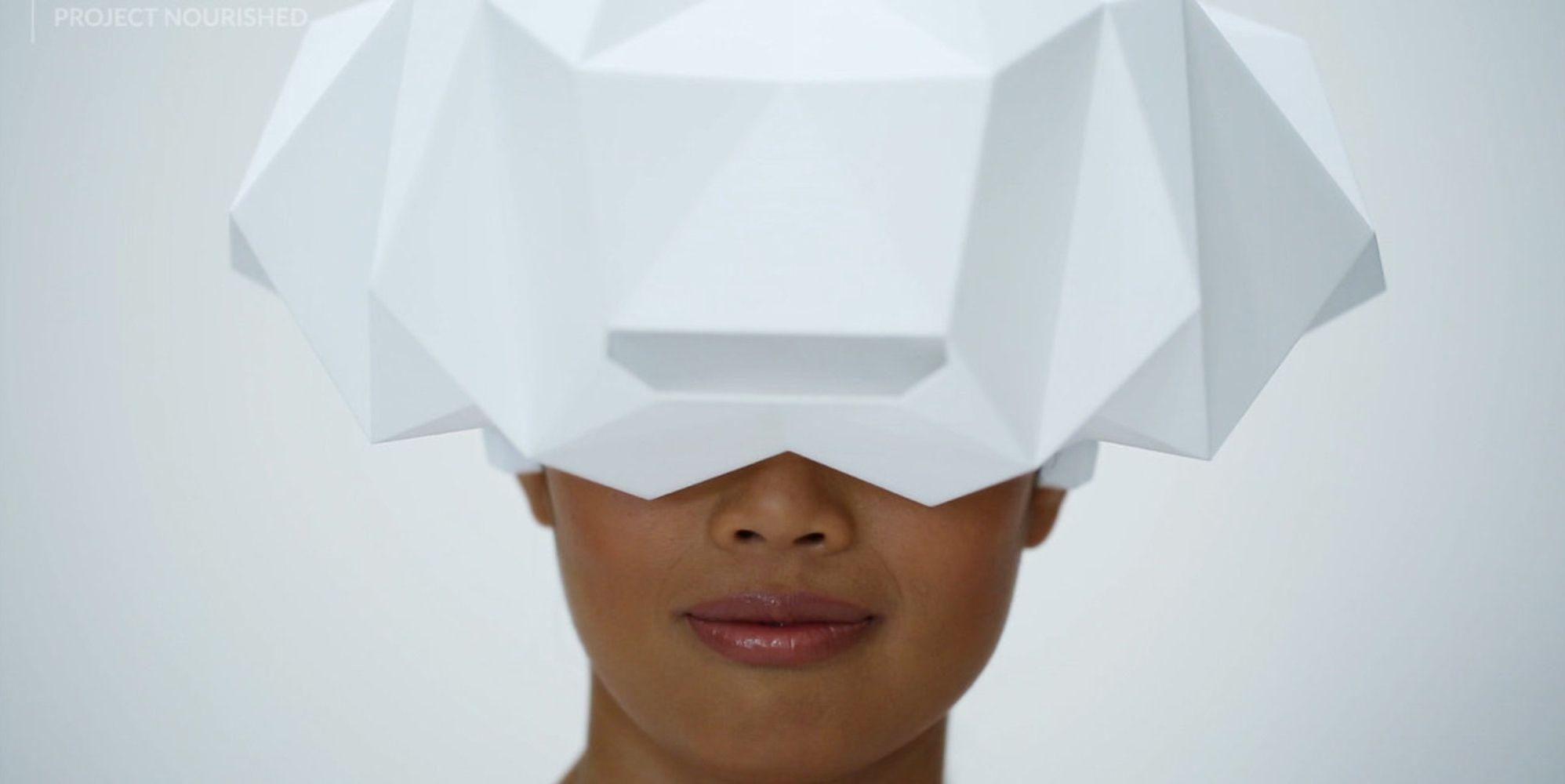
Is AR your new diet plan?
The future of dining is here, and it’s all about molecular gastronomy, augmented reality headsets and multi-textured algae — and it’s virtually no calories.
Researchers at Project Nourished have found a way to merge the taste, feel and smell of food using atomizers, virtual reality headsets, a device that mimics chewing sounds, a glass with built-in sensors, a specialized utensil, and a 3D-printed food cube. The goal is to trick the user’s mind and palate into thinking they’re experiencing something entirely different than what they’re actually eating.
According to CEO Jinsoo An, the project was born out of his frustrations with his own gluten and soy sensitivities. He wants to help people struggling with weight management, diabetes and other food intolerances, so they can enjoy foods they might not otherwise be able to consume.